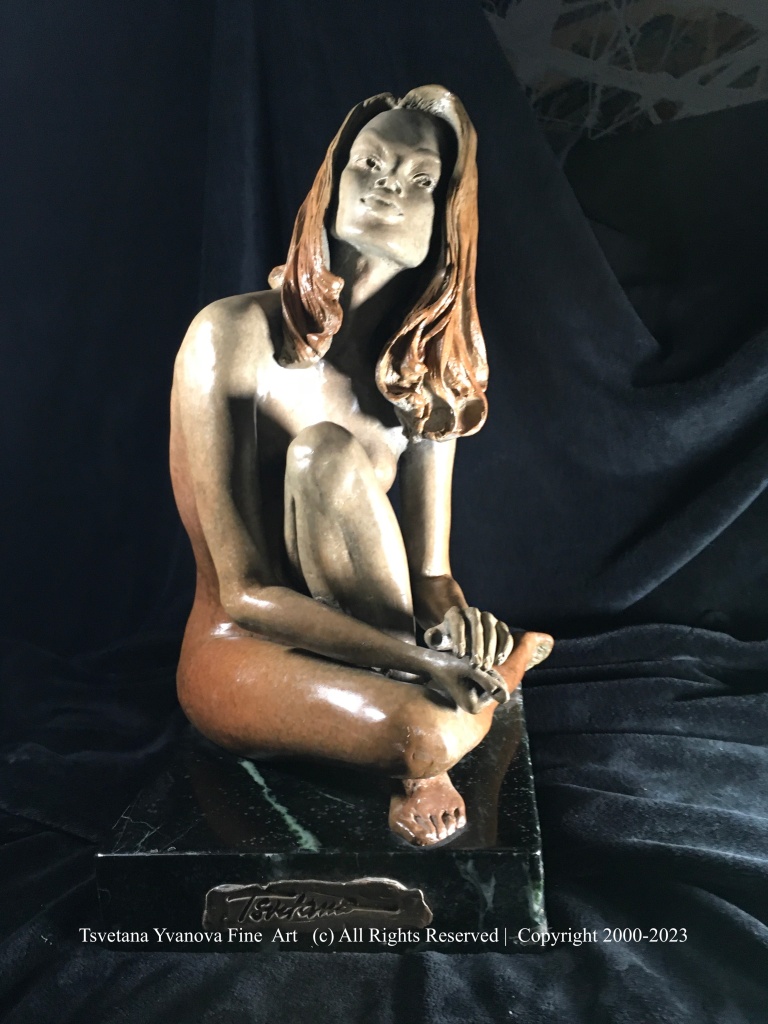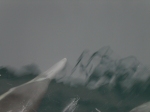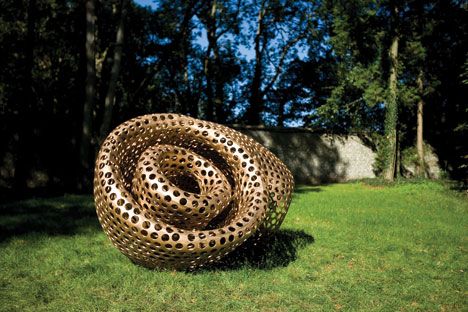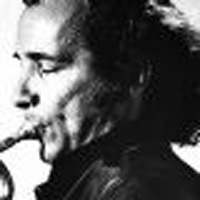HOW RELEVANT IS YOUR ART?
A few weeks ago a good friend sent me a cut our from an article in a Northern California newspaper. The cutout was missing the subtitles in the corner … However – reading this short and yet powerful article – I decided as soon as I can – I will post it on this blog, since it is so relevant! In our daily lives as Artists and designers – recognition sometimes never comes soon enough . There are moments when you just wish you were someone else – not constantly working, struggling – and when it comes to promoting your art- you take a back seat. No reason. Maybe you thin your art will speak for itself. Or maybe it is too close to your heart – or you still think it needs to be perfected … whatever the reason, you let it sit in your studio. And time passes . The truth is – once you have created it – you have an obligation to share it! Forget the sales – forget the fact that very few can afford to purchase art. A sale may come or not – but if your art is worth it – it will leave a mark in someone’s life. A memory – will awaken hope or a dream or a sense of belonging . Whatever the case may be – your art mean something to someone – and you must show it for that t reason only.
Have we become do corrupted that we cannot say the word Art without infusing the word Money in it? VALUE does not always have to do with money. The intrinsic value of your art is the one you must show the world.
What is intrinsic value?:” The intrinsic value of something is said to be the value that that thing has “in itself,” or “for its own sake,” or “as such,” or “in its own right.” (Stanford Encyclopedia of Philosophy)
If you put your heart in your Art – it will have value; intrinsic value to someone. And that is worth a lot more than any extrinsic value, expressed in modern currency. And that is worth a lot more than any extrinsic value, expressed in modern currency. In the grand scheme of things – this form of value is of less importance, isn’t it?
What have you done for your art lately? Who did you show it to?
Here is Patrick Lydon’s Article:
ARTISTS MUST SHARE THE IMPORTANCE OF THEIR WORK
by Patrick Lydon
Recently a fellow San Jose Art Commissioner was speaking to a former firefighter. She mentioned her position on the commission, to which the man replied: “ Art? What is Art? I see them installing sculptures in front of the fire stations, but what does it do for us?”
The former firefighter essentially saw public art as a poor use of money that could be diverted to other utilitarian services. The commissioner dutifully retorted by explaining her point of view on how public art inspires us, educates us, makes us think, laugh, smile, fosters a sense of Community and generally makes our neighborhoods better places to live.
But Art is far more than this community and generally makes our neighborhoods better places to live. But Art is far more than this.
If you are an Artist, you might not notice the ubiquity of the firefighter’s sentiment, especially when you are around friends and family who support you. However, an overwhelming majority of people today for one reason or another do not understand how and why art and creativity are important.
And it is not their fault!
As artists we can’t so easily blame art literacy on those who don’t understand it, on school boards who cut it from the curriculum or on government for not supporting it financially. It is difficult to admit, but we first need to blame ourselves.
Those of us who understand the importance of art and the creative spirit are largely failing at making it a part of others lives – failing at teaching the importance of our craft, failing at reminding others every chance we get how important the arts have been to us, failing at showing how art and creativity can and should be an important part of everyone’s life.
Although art often competes poorly in people’s minds when put alongside science, math or even shopping, the use of art as an integral  part of life actually predates the oldest of these activities by some 30,000 years. (See Chauvet in France, the topic of Werner Herzog’s new film “Cave Forgotten”) Art has long been one of the basic components of a balanced life.
part of life actually predates the oldest of these activities by some 30,000 years. (See Chauvet in France, the topic of Werner Herzog’s new film “Cave Forgotten”) Art has long been one of the basic components of a balanced life.
Throughout history, the most successful developed societies have valued artists highly, not only for what they produce directly but also for the positive tangenial effect that their uninhibited creativity has on society as a whole. This mysterious gift of creativity that Artists wield has had a large part in shaping our world into what it is today. As difficult an idea as it may seem, without creativity and the arts, you and I could quite easily still be living in caves – and caves without drawings on the walls at that.
The definition of art is often confined to painting, sculpture and perhaps performing arts, but the art is far more broad than these disciplines. Whether we recognize it or not, art surrounds us. From the music on our iPod to the design of the chair we sit in, the effect of art enters our lives hundreds of times dally. Art is not relevant to us unless we are educated as to what it is and why it is not only important but necessary.
In order for that relevancy to be understood and maintained, the stories of art and creativity must be told again and again, and in as many times ways as possible for as many different types of people as possible.
So – for those of you who know the value of arts and creativity: WHAT IS YOUR CREATIVE ART STORY? AND WHOM HAVE YOU TOLD LATELY?
A few words about Patrick Lydon:
WHO IS PATRICK LYDON?
http://www.SocieCity.com
 Editor-in-Chief
Editor-in-Chief
San Jose State University
About
A student of art, music, technology, and of the world around him, Patrick Lydon gained aesthetic and communicative training and interactions while earning his B.A. at San Jose State University. Following his studies, Lydon spent seven months traveling throughout East Asia and Europe, studying the energy and interactions between people, art, nature, and the urban space. From those experiences, his social/urban/nature research venture SocieCitywas formed, with content from a varied cast of authors, researchers, and artists, produced for consumption by the majority.
___________________________________________________
Perhaps Mr. Lydon does not realize it – but his point of view has inspired many. This is my way of saying ‘Thank you!’
Yours truly,

Tsvetana Yvanova
for Art Chronicle

























Recent Comments